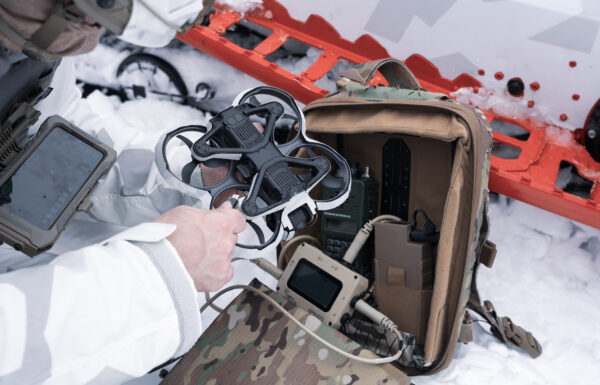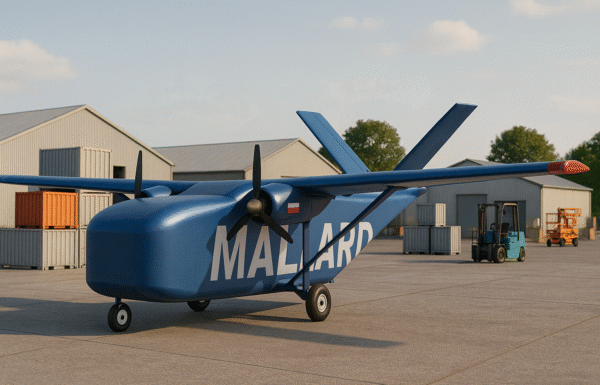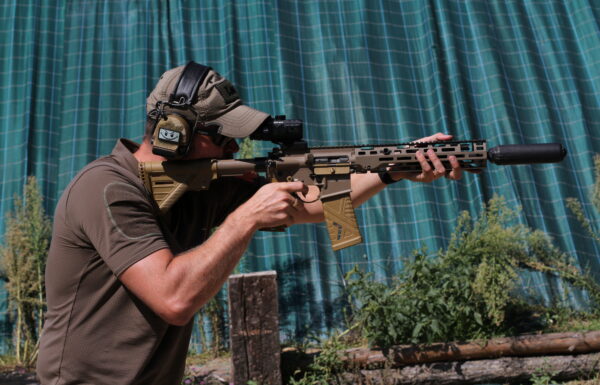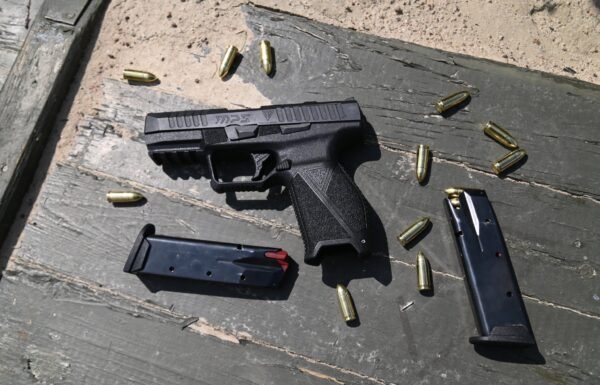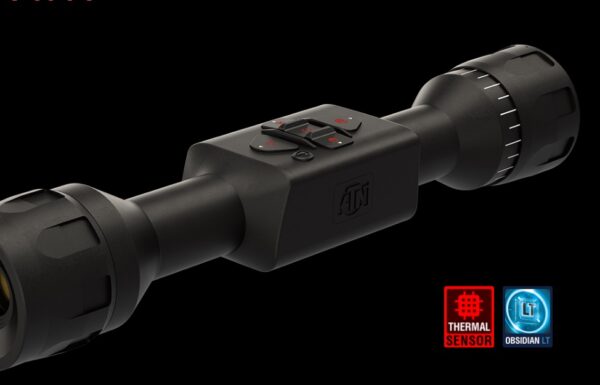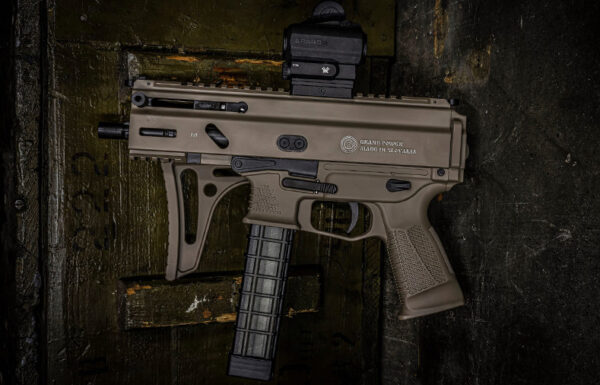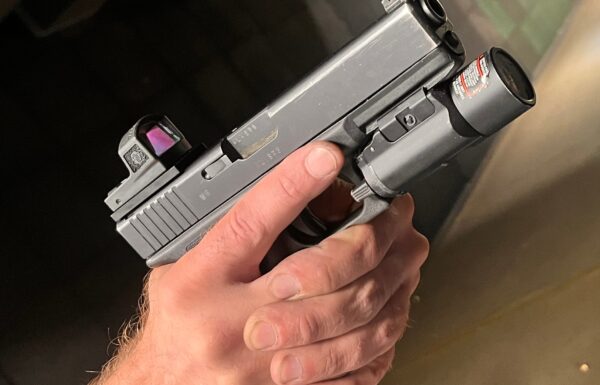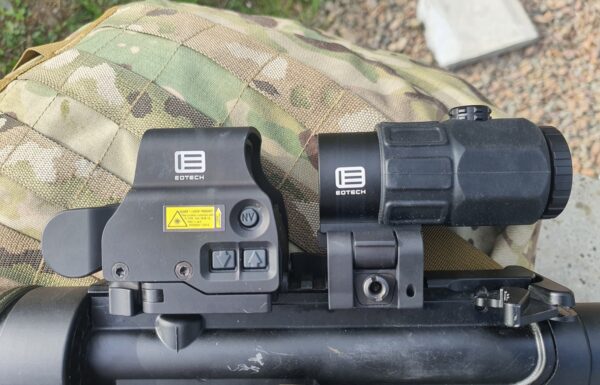On Tuesday, April 2, 2024, BAE Systems announced that recently the US Air Force (USAF) completed the Initial Operational Test and Evaluation (IOT&E) phase of the new digital Electronic Warfare (EW) system called AN/ALQ-250 EPAWSS (Eagle Passive/Active Warning Survivability System), designed for the latest multi-role aircraft Boeing F-15EX Eagle II and modified F-15E Strike Eagle (Media: Up to 50 F-15EX Eagle II for Israel?).
EPAWSS was designed for upgradeability and rapid capability insertion, said Amy Nesbitt, EPAWSS program manager at BAE Systems. We’re using agile software development to provide iterative upgrades to fielded EW systems—allowing our customers to defeat future electromagnetic threats.
EPAWSS has been designed with the ability for modernization and rapid introduction of new capabilities, said Amy Nesbitt, EPAWSS program manager at BAE Systems. We utilize flexible software development to provide iterative updates to the deployed EW systems, enabling our customers to counter future threats in the electromagnetic domain.
The EPAWSS kits will enable F-15EX Eagle II and F-15E Strike Eagle aircraft to conduct offensive and defensive electronic warfare operations, including jamming, targeting, infrared threat detection, and target simulation. They will provide a full range of radiation warning alerts, increased situational awareness, geolocation, and active and passive countermeasures.
EPAWSS is a leap in technology, improving the lethality and combat capabilities of the F-15E and F-15EX in contested, degraded environments against advanced threats, said Maj Bryant “Jager” Baum, EPAWSS Test Director for the Air Force Operational Test & Evaluation Center (AFOTEC). EPAWSS has set the baseline for EW within the fighter community.
BAE Systems supported the AFOTEC center in carrying out the IOT&E phase and is currently in the process of manufacturing and implementing one of the most advanced EW systems in the world, enhancing the F-15’s combat capabilities. The company closely collaborates with Boeing and the USAF to enhance the system’s capabilities in distinguishing between EW systems, including the use of cognitive EW, as demonstrated during the Northern Edge 2023 exercise.
Our close collaboration with the U.S. Air Force allows us to mature EPAWSS cognitive processing capabilities, said Chip Mosle, program director at BAE Systems. By incrementally testing and fielding cognitive EW solutions to proven systems such as EPAWSS, we are enabling tactical spectrum overmatch against advanced threats that are unpredictable, evolving, and adaptable.
During the Northern Edge 2023 exercise, over 70 combat flights were conducted, during which pilots utilized EPAWSS. During this time, over 15 test targets were achieved, demonstrating EPAWSS’s capability to counter advanced electromagnetic threats in an exercise environment closely resembling real-world scenarios.
BAE Systems is conducting production and testing as part of the EPAWSS program at its facilities in Nashua, New Hampshire, and Austin, Texas, producing AN/ALQ-250 system components for newly manufactured F-15EX aircraft and modifications to the F-15E aircraft fleet. Preliminary testing on the F-15 began in April 2020, with low-rate production of systems starting a year later.
The AN/ALQ-250 is intended to have capabilities similar to 5th-generation aircraft EW systems such as the AN/ALR-94 on the F-22A Raptor and the AN/ASQ-239 Barracuda on the F-35 Lightning II.
The EPAWSS program has been underway since November 3, 2016, when BAE Systems received initial funding for it as part of implementation and development efforts. On April 8, 2010, the first F-15E equipped with the prototype system was flown. For older aircraft, the AN/ALQ-250 will replace the AN/ALQ-135 TEWS (Tactical Electronic Warfare Suite) system from Northrop Grumman.











